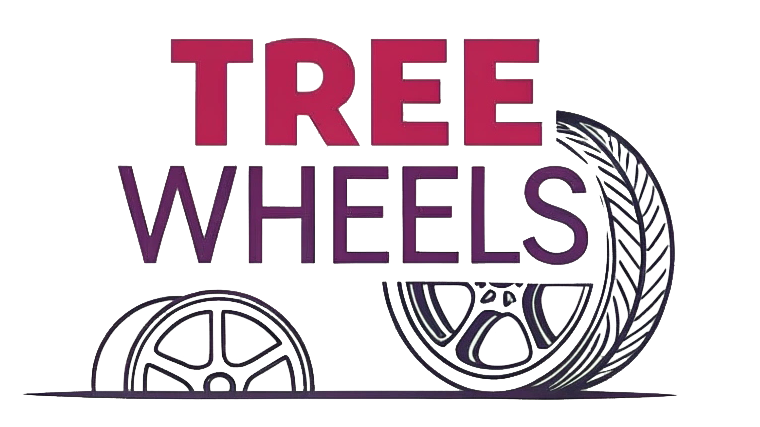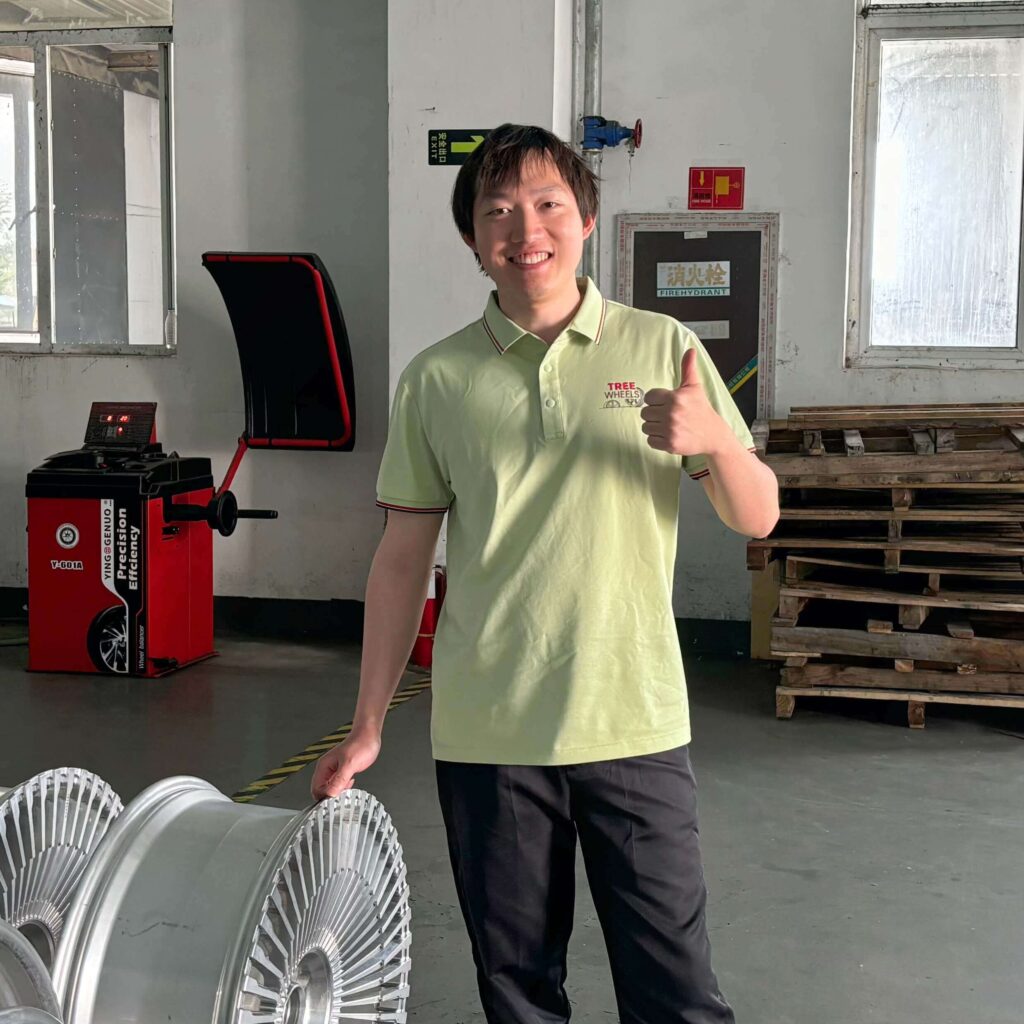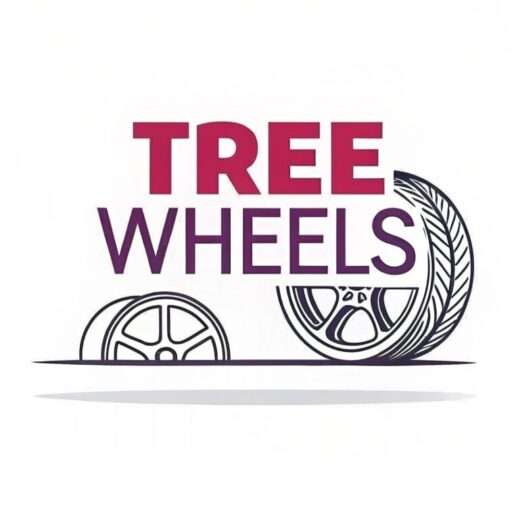Introduction
Wheel modification is a crucial aspect of the automotive aftermarket industry, offering enthusiasts the opportunity to personalize their vehicles. However, modified wheels must adhere to strict safety and regulatory standards to ensure durability, performance, and safety on the road. This blog explores the essential safety standards that modified wheels must meet, providing valuable insights for automotive professionals, modification shops, and wheel manufacturers.
Why Safety Standards Matter in Wheel Modification
Before diving into specific standards, it is essential to understand why wheel safety regulations are critical:
- Prevent Accidents: Poorly designed or manufactured wheels can lead to failures such as cracks, bends, or detachment, resulting in severe accidents.
- Ensure Vehicle Performance: Wheels impact handling, stability, and fuel efficiency.
- Meet Legal Requirements: Compliance with international standards ensures legality in different markets, preventing fines or recalls.
- Enhance Customer Trust: Providing certified and tested wheels builds credibility with customers and ensures long-term success in the market.
Key Safety Standards for Modified Wheels
1. JWL & VIA (Japan Light Alloy Wheel Standard & Vehicle Inspection Association)
JWL and VIA are Japanese standards widely recognized in the automotive industry.
- JWL (Japan Light Alloy Wheel Standard): Established by the Ministry of Land, Infrastructure, and Transport in Japan, JWL ensures that aluminum alloy wheels meet durability and impact resistance benchmarks.
- VIA (Vehicle Inspection Association): VIA certification requires independent third-party testing of wheels beyond the self-certification of JWL compliance.
Test Requirements:
| Test Type | Description |
|---|---|
| Impact Test | Simulates the force of hitting a curb or pothole. |
| Bending Test | Assesses the wheel’s strength under load and cornering forces. |
| Radial Fatigue Test | Evaluates the wheel’s ability to withstand long-term road stress. |
🚗 Why It Matters: VIA-certified wheels undergo stricter verification, reducing the risk of wheel failure.
2. DOT (Department of Transportation - USA)
In the United States, the DOT certification ensures that aftermarket wheels comply with federal motor vehicle safety regulations.
- DOT-marked wheels meet structural integrity, impact resistance, and weight-bearing capacity standards.
- Testing involves impact resistance and dynamic radial fatigue assessments.
🚦 Key Benefit: DOT certification is mandatory for wheels sold in the U.S. market, ensuring they are road-legal and safe.
3. TUV (Technischer Überwachungsverein - Germany)
TUV certification is one of the most stringent wheel safety standards globally. This German certification is widely recognized in Europe.
- TUV approval requires rigorous impact, bending, and radial fatigue testing.
- Tests simulate extreme driving conditions, such as high-speed cornering and sudden braking.
🇩🇪 Why It’s Important:
- Many European countries require TUV certification for aftermarket wheels.
- Ensures compliance with European safety and environmental laws.
4. ISO (International Organization for Standardization)
ISO standards provide a global benchmark for wheel quality and safety.
- ISO 9001: Ensures quality management during wheel manufacturing.
- ISO 14001: Focuses on environmental sustainability in production.
- ISO 16949: Specifically applies to automotive industry manufacturers, guaranteeing consistency and safety.
🌍 Industry Relevance: ISO-certified manufacturers ensure reliability and compliance with multiple international markets.
Testing Procedures for Modified Wheels
1. Impact Resistance Test 🛠️
- Simulates real-world impacts (e.g., hitting potholes or curbs).
- Determines whether the wheel cracks or deforms under force.
2. Load Capacity Test ⚖️
- Measures how much weight the wheel can safely carry.
- Ensures that the wheel doesn’t buckle under the vehicle’s load.
3. Corrosion Resistance Test 🌧️
- Exposes wheels to salt spray and extreme weather conditions.
- Ensures that coatings and finishes prevent oxidation and rust.
4. Dynamic Radial Fatigue Test 🔄
- Mimics long-term road conditions, evaluating how the wheel holds up after extensive use.
5. Bending & Torsion Test 🔧
- Measures the wheel’s ability to handle cornering forces and maintain its structural integrity.
Common Mistakes in Wheel Modification That Compromise Safety
🔴 1. Using Low-Quality Materials
- Cheap alloys or substandard forging processes can result in fragile wheels.
🔴 2. Overlooking Load Ratings
- Installing wheels with a lower load rating than required can cause failures under stress.
🔴 3. Poor Customization Practices
- Over-machining or excessive weight reduction weakens wheel structure.
🔴 4. Neglecting Hub Fitment
- Improperly fitted wheels affect handling and stability, increasing the risk of accidents.
🔴 5. Ignoring Certified Testing
- Unverified wheels without third-party testing can have hidden defects.
Best Practices for Ensuring Modified Wheel Safety
✅ Work with Certified Manufacturers
- Choose ISO, TUV, or DOT-certified manufacturers to guarantee compliance.
✅ Verify Load Ratings
- Ensure that wheels are designed to handle the vehicle’s weight and performance demands.
✅ Use High-Quality Materials
- Forged aluminum is stronger and more durable than cast aluminum.
✅ Perform Regular Maintenance
- Inspect wheels for cracks, corrosion, and structural damage regularly.
✅ Follow Professional Installation Guidelines
- Ensure proper torque settings and hub-centric fitting to avoid imbalances.
Conclusion: Safety First in Wheel Modification
Modified wheels are a great way to enhance a vehicle’s aesthetics and performance, but they must meet strict safety standards. Whether you're a wheel modification business or an automotive enthusiast, prioritizing certified wheels ensures reliability and compliance with global safety regulations.
🔹 Key Takeaways:
- Always choose wheels tested to JWL, VIA, DOT, or TUV standards.
- Ensure wheels pass impact, fatigue, and corrosion tests.
- Work with certified manufacturers to maintain safety and quality.
By focusing on these safety standards, businesses can provide customers with reliable, high-performance wheels while maintaining compliance with international regulations. 🚘✅



